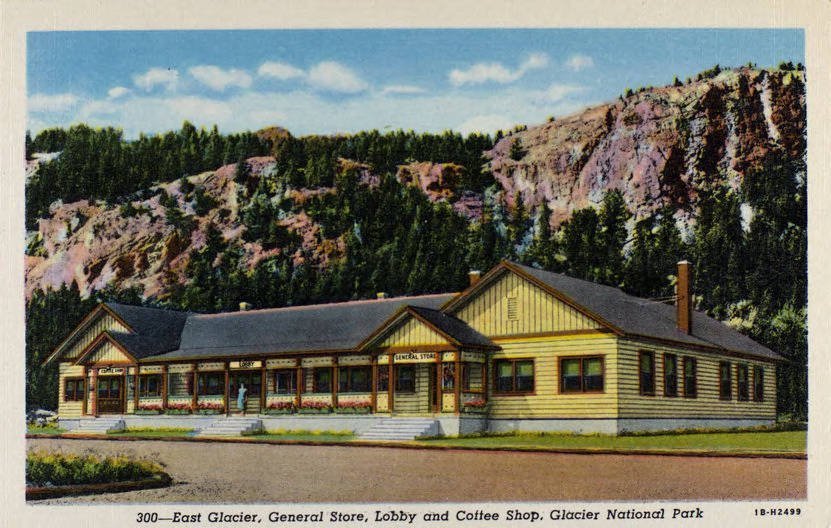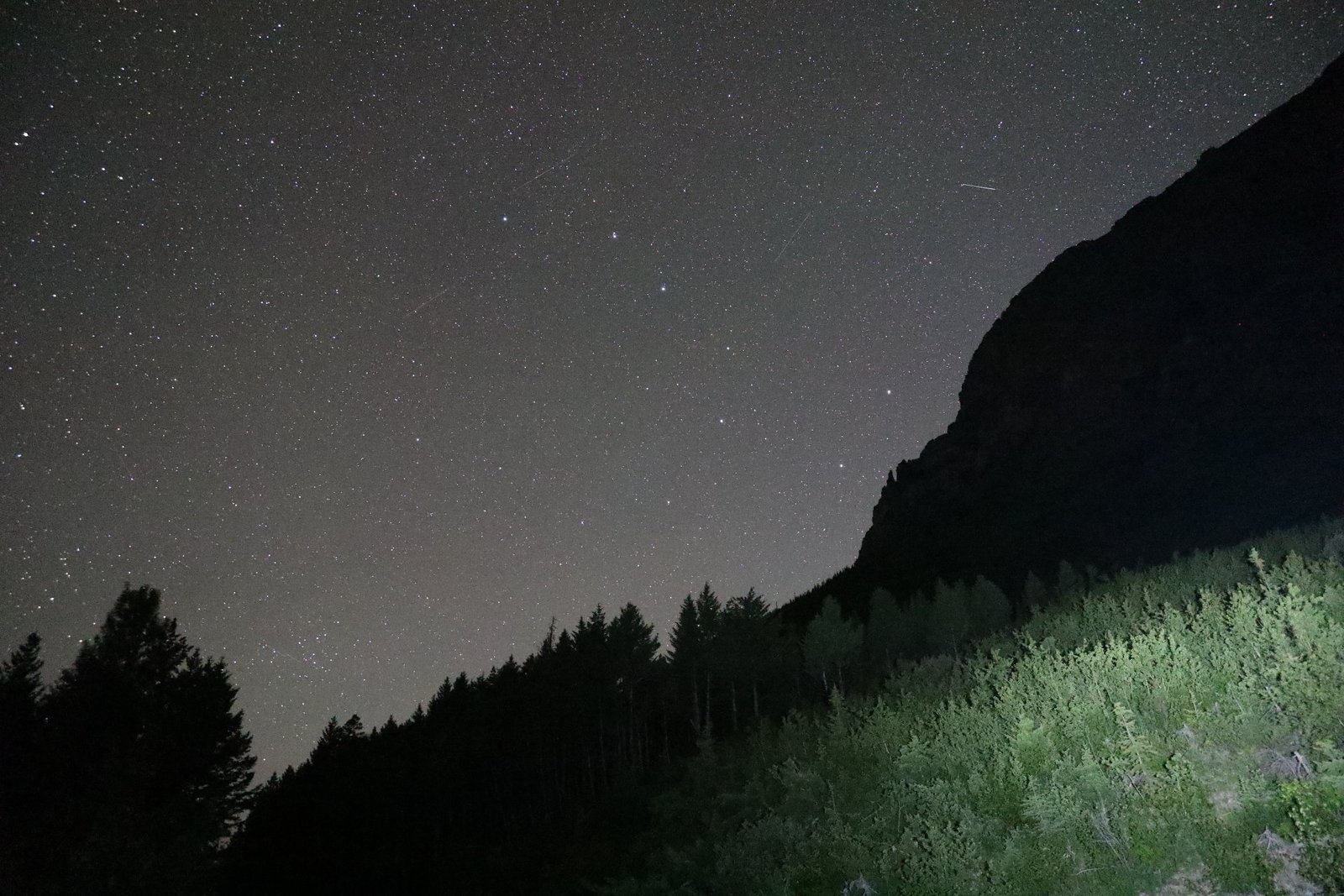The elevation of Glacier National Park’s east side by the border ranges from approximately 3,500 feet (1,067 meters) at the St. Mary Entrance to around 4,500 feet (1,372 meters) near the Chief Mountain Border Crossing. This area offers diverse landscapes, from lower valleys to high alpine regions, providing visitors with breathtaking views and challenging hiking opportunities. The park’s eastern border features significant elevation changes, impacting climate, vegetation, and visitor experiences.
What is the Elevation Range Along the East Side Border?

The elevation along Glacier National Park’s east side border varies significantly:
- St. Mary Entrance: ~3,500 feet (1,067 meters)
- Chief Mountain Border Crossing: ~4,000-4,500 feet (1,219-1,372 meters)
- Many Glacier Entrance: ~4,800 feet (1,463 meters)
This range in elevation contributes to the park’s diverse ecosystems and scenic beauty.
How Does Elevation Affect Access Points on the East Side?

The elevation of access points on the east side of Glacier National Park impacts visitor experiences in several ways:
- St. Mary Entrance (3,500 feet / 1,067 meters):
- Gateway to Going-to-the-Sun Road
- Moderate elevation, suitable for most visitors
-
Visitor center and amenities available
-
Chief Mountain Border Crossing (4,000-4,500 feet / 1,219-1,372 meters):
- Limited facilities
- Gravel roads may be challenging for some vehicles
-
Higher elevation may affect sensitive individuals
-
Many Glacier Entrance (4,800 feet / 1,463 meters):
- Higher elevation may cause mild altitude symptoms in some visitors
- Access to popular hiking trails and scenic views
- Hotel and boat tour amenities available
What are the Highest Peaks Near the East Side Border?
While not directly on the border, several high peaks are accessible from the east side:
- Mount Jackson: 10,052 feet (3,064 meters)
- Grinnell Point: 9,553 feet (2,912 meters)
- Mount Gould: 9,553 feet (2,912 meters)
These peaks offer challenging hikes and spectacular views for experienced hikers.
How Does Elevation Change on Popular East Side Trails?
| Trail Name | Starting Elevation | Ending Elevation | Elevation Gain |
|---|---|---|---|
| Grinnell Glacier | 4,800 ft (1,463 m) | 6,500 ft (1,981 m) | 1,700 ft (518 m) |
| Highline Trail | 6,646 ft (2,026 m) | Varies | Minimal |
| Iceberg Lake | 4,800 ft (1,463 m) | 6,094 ft (1,857 m) | 1,294 ft (394 m) |
What Elevation Challenges Might Visitors Face on the East Side?
Visitors to the east side of Glacier National Park may encounter several elevation-related challenges:
- Altitude Sickness: Some visitors may experience mild symptoms at higher elevations.
- Physical Exertion: Hiking at higher altitudes can be more strenuous.
- Weather Changes: Higher elevations often have more extreme and rapidly changing weather conditions.
- Road Conditions: Steep grades and winding roads can be challenging for some drivers.
How Does Elevation Impact Climate and Vegetation on the East Side?
The elevation gradient on the east side of Glacier National Park significantly influences climate and vegetation:
- Lower Elevations (3,500-5,000 feet):
- Longer growing seasons
- More diverse plant species
-
Warmer temperatures
-
Mid Elevations (5,000-7,000 feet):
- Mixed coniferous forests
- Shorter growing seasons
-
Cooler temperatures
-
Higher Elevations (Above 7,000 feet):
- Alpine tundra vegetation
- Very short growing seasons
- Cold temperatures, often below freezing
What are the Best Viewpoints to Appreciate Elevation Changes on the East Side?
To fully appreciate the elevation changes on the east side of Glacier National Park, consider these viewpoints:
- Logan Pass (6,646 feet / 2,026 meters):
- Highest point on Going-to-the-Sun Road
-
Panoramic views of surrounding peaks and valleys
-
Many Glacier Hotel Area (4,800 feet / 1,463 meters):
- Views of Grinnell Point and surrounding mountains
-
Lake Sherburne offers reflections of high peaks
-
Two Medicine Lake (5,164 feet / 1,574 meters):
- Stunning views of Rising Wolf Mountain
- Boat tours available for different perspectives
How Does Elevation Affect Wildlife Distribution on the East Side?
The elevation gradient on the east side of Glacier National Park influences wildlife distribution:
- Lower Elevations:
- Diverse mammal species including deer, elk, and bears
-
Greater variety of bird species
-
Mid Elevations:
- Mountain goats and bighorn sheep become more common
-
Fewer large predators
-
Higher Elevations:
- Specialized alpine species like pika and marmots
- Fewer year-round residents due to harsh conditions
What Safety Precautions Should Visitors Take Due to Elevation on the East Side?
When visiting the east side of Glacier National Park, consider these elevation-related safety precautions:
- Acclimatization: Spend a day at lower elevations before attempting strenuous high-altitude hikes.
- Hydration: Drink plenty of water to combat the effects of altitude and dry air.
- Sun Protection: UV radiation is stronger at higher elevations; use sunscreen and protective clothing.
- Weather Awareness: Be prepared for rapid weather changes, especially at higher elevations.
- Physical Fitness: Assess your fitness level before attempting high-elevation hikes.
- Vehicle Preparation: Ensure your vehicle can handle steep grades and winding mountain roads.
How Has Elevation Shaped the East Side’s Geological Features?
The elevation of Glacier National Park’s east side has played a crucial role in shaping its geological features:
- Glacial Carving: Higher elevations retained glaciers longer, creating dramatic U-shaped valleys.
- Erosion Patterns: Varying elevations result in different erosion rates, creating diverse rock formations.
- Water Flow: Elevation changes drive the flow of water, creating waterfalls and lakes at different levels.
- Rock Exposure: Higher elevations expose older rock layers, revealing the park’s geological history.
Understanding the elevation of Glacier National Park’s east side by the border enhances visitors’ appreciation of this unique landscape. From the relatively low St. Mary Entrance to the towering peaks accessible from the east, the elevation changes offer diverse experiences and breathtaking views. By considering the impacts of elevation on climate, vegetation, wildlife, and visitor safety, travelers can better prepare for an unforgettable journey through one of America’s most spectacular national parks.
References:
1. https://www.nps.gov/glac/planyourvisit/directions.htm
2. https://www.glacierparkcollection.com/plan-your-trip/getting-here/
3. https://sunbirdsouladventures.com/blog/glaciernationalpark